Planning a road trip? You're in for one of the most freeing, fun-filled, and memorable travel experiences out there. Whether it's cruising down coastal highways, zigzagging through mountains, or hopping from town to town, the road trip is more than just a journey—it’s a lifestyle. But before you throw your bags in the trunk and hit the gas, some serious preparation is key to making it an epic and stress-free experience. This guide will walk you through everything you need to know—from route planning and packing to safety and entertainment. Buckle up, adventure awaits!
Why Road Trips Are the Ultimate Travel Experience
Freedom of the Open Road
There's something magical about taking the wheel with no set schedule. Road trips let you set your own pace. Want to take a detour to check out a quirky roadside attraction? No problem. See a perfect sunset spot and want to pull over? Go for it. Unlike flying, you're not stuck with rigid itineraries or cramped seating. You're the captain of your ship (or sedan), and that kind of freedom is intoxicating. You can explore hidden gems that don’t make it into guidebooks and truly live in the moment.
Cost-Effective Travel Alternative
Let’s be real: travel can get expensive. But road trips are incredibly budget-friendly if done right. Skip the pricey plane tickets and accommodation costs that come with traditional travel. You have control over where you sleep, eat, and fuel up. Campgrounds, car camping, and meal prepping save major bucks. Group road trips? Even better—split the gas and snacks and watch your costs drop. Plus, road tripping gives you more bang for your buck by allowing you to see and do more in one trip.
Personalised Adventure
Every road trip is as unique as the people in the car. Whether you're a foodie chasing down regional eats, a history buff touring old towns, or a nature lover hiking every trail you see, you get to tailor the entire experience to your passions. Don’t want to stick to just one destination? Great! Road trips are about the journey. You can build an itinerary around your interests or just wing it with a spontaneous spirit. There's no “right” way to road trip, and that’s the beauty of it.
Step 1: Plan Your Route Strategically
Use Maps and Navigation Tools
Before you hit the road, get your route sorted out. Gone are the days of folding up giant paper maps—now you’ve got Google Maps, Waze, and Roadtrippers at your fingertips. But don’t rely solely on digital tools. Download your maps offline in case you lose signal in remote areas. Apps like Roadtrippers let you plot your route and find interesting stops along the way. Plan not only your main route but a few alternates in case of road closures or detours.
Factor in Stops and Attractions
The best part of road tripping? The freedom to explore. Make a list of must-see attractions, scenic viewpoints, quirky roadside diners, and parks along the route. Leave room for spontaneity but having a rough idea of where you’ll be at the end of each day helps avoid unnecessary stress. Identify rest stops, fuel stations, and overnight accommodations in advance. Think of your route like a treasure map—with gems to uncover along the way.
Keep Alternatives for Emergencies
Even the best plans can hit a speed bump. Weather changes, construction zones, or vehicle trouble can throw you off course. Always have a Plan B. Familiarize yourself with backroads, nearby towns, and alternate highways. Make sure someone back home knows your route, just in case. Pro tip: use a trip planning app that lets you save multiple route options so switching it up is just a tap away.
Step 2: Vehicle Readiness – Your Road Trip Ride
Perform a Complete Vehicle Check-Up
Before trusting your car to take you miles from home, it needs a clean bill of health. Get an oil change, check tire pressure and tread, top off all fluids (brake, coolant, windshield washer), inspect your brakes, and test your lights and battery. Make sure the AC and heater are working. The last thing you want is to break down in the middle of nowhere. Visit a trusted mechanic for a pre-trip inspection, especially if you're driving an older vehicle.
Emergency Kit and Spare Essentials
Pack smart. A roadside emergency kit is non-negotiable. Include jumper cables, a flashlight, batteries, a tire pressure gauge, reflective triangles, a tire inflator, a jack, and a spare tire. Also pack first aid supplies, extra water, and blankets. A toolkit with basic wrenches and duct tape can go a long way when you're in a pinch. Bonus items: portable air compressor, power inverter, and multi-tool.
Consider Renting vs Using Your Own Car
If your vehicle isn’t up for a long-distance adventure or if you just want better gas mileage and more space, consider renting a car. Rentals can be a smart option if you’re traveling cross-country, especially one-way. Choose a model that suits your trip—a fuel-efficient compact for solo or duo travel, or an SUV for family trips. Always check rental insurance and mileage limits.
Step 3: What to Pack – The Ultimate Road Trip Packing List
Must-Have Travel Essentials
Packing for a road trip isn’t just tossing clothes in a bag. Start with essentials: clothes for all weather, toiletries, sunglasses, a neck pillow, face masks, and hand sanitizer. Think layers and comfort—sweatshirts, flip flops, comfy shoes. Don’t forget chargers for all your devices, and maybe even a small travel pillow and blanket for naps on the go. Keep a small bag of quick-grab items upfront: lip balm, tissues, sunscreen, and wet wipes.
Snacks, Drinks, and Coolers
Snacks are fuel—for your stomach and your soul. Keep a mix of healthy options (nuts, fruit, granola bars) and treats (chips, cookies, candy). Bring a cooler with drinks—water is a must—but iced coffee, sodas, and juice add variety. Reusable water bottles with built-in filters are road trip gold. Also include a mini trash bin or bag to keep the car tidy. You’ll thank yourself later.
Entertainment for Long Drives
Let’s be honest, after hour three, even the most scenic roads get a little dull. Build an epic playlist or download audiobooks and podcasts. Old-school games like “I Spy,” trivia, or license plate bingo are classics. Tablets loaded with movies or games are great for kids. And if you’re traveling with others, use the time to chat, laugh, and make memories. Some of the best convos happen behind the wheel.
Step 4: Organizing Your Documents and Finances
ID, License, Insurance, and Permits
This might sound boring, but it’s crucial. Make sure your driver’s license is valid and carry your vehicle’s registration and insurance. If you're crossing borders or national parks, check if any permits or passes are required. Digital copies stored in the cloud or a secure app are helpful backups. Also, some countries require international driving permits—know before you go.
Payment Methods & Budget Tracking
Carry multiple payment options—cash, debit, and credit cards. Smaller towns might not accept plastic, so a small stash of cash is handy. Set a daily budget for food, gas, and accommodations. Use budget tracking apps like Trail Wallet or Mint to stay on top of spending. Avoid unnecessary expenses by booking ahead when possible and sticking to your spending plan.
Emergency Contacts & Travel Insurance
Accidents happen, so be prepared. Share your trip plan with a trusted friend or family member. Save emergency contacts in your phone under "ICE" (In Case of Emergency). Consider travel insurance, especially for long or international road trips—it can cover car rental insurance gaps, medical emergencies, and trip interruptions. Peace of mind goes a long way on the road.
Step 5: Safety First – Tips to Stay Secure on the Road
Driving Etiquette and Laws
Let’s face it—bad driving can ruin a great road trip. That’s why it’s essential to brush up on local driving laws, especially if you're crossing state or country lines. Speed limits vary, seatbelt laws can differ, and even cellphone usage while driving has its own rules depending on where you are. Respect the rules of the road, always use turn signals, don’t tailgate, and avoid aggressive driving. Defensive driving saves lives—yours and others’.
Also, make sure you switch drivers every few hours if possible. Fatigue is one of the biggest risks on long road trips. If you’re solo, take frequent breaks and don’t hesitate to nap or find a safe place to rest if you’re feeling drowsy. Driving tired is just as dangerous as driving drunk.
Roadside Assistance Apps
Breakdowns happen. A flat tire, dead battery, or locked keys inside the car could derail your trip—but only if you're unprepared. That’s where roadside assistance services come in handy. If you have AAA, you’re golden. If not, apps like HONK, Urgently, or your car insurance’s own app can summon help fast. Make sure your phone is always charged, and keep these apps installed and ready to go.
Some newer cars also come with built-in telematics systems like OnStar or SOS buttons—make sure you understand how to use these before your trip. Being ready for emergencies doesn’t just make your trip safer; it makes it far less stressful.
Personal and Passenger Safety Tips
Aside from mechanical concerns, keep yourself and your passengers secure. Always lock your vehicle, never leave valuables in plain sight, and avoid leaving your car running while unattended. If you’re camping or sleeping in your vehicle, choose well-lit, populated rest areas or designated campgrounds.
Carry a personal safety alarm, especially if traveling solo, and make sure your passengers know the location of first aid items and emergency exits. Teach kids how to stay buckled in and practice quick emergency drills if traveling with little ones. Trust your gut—if a place or situation feels sketchy, move on.
Step 6: Tech & Navigation – Stay Connected and On Course
GPS, Maps, and Offline Navigation
Your smartphone might be your main navigator, but don’t rely on it 100%. GPS signals can get spotty in mountains or rural zones. Always download your maps offline through Google Maps or apps like Maps.me. It's also smart to keep a paper atlas in your glove box—it might feel old-school, but it’s a trusty backup.
Another tip: mark your key stops (gas, food, lodging, sights) before the trip and keep a list of addresses or waypoints handy. Some GPS apps let you save entire routes, which is a lifesaver if you suddenly lose signal or battery.
Apps for Finding Gas, Food, and Lodging
We live in the golden age of road tripping thanks to apps. Need the cheapest gas nearby? Use GasBuddy. Looking for last-minute motels or scenic Airbnb cabins? Try Booking.com or HotelTonight. Hungry for something better than fast food? Yelp and TripAdvisor are your best friends.
Other useful apps: iExit (shows upcoming exits), Park4Night (for camping spots), and Flush (yes, for public restrooms). With the right tools, you’ll never feel lost or stranded. Plan ahead by downloading apps that work offline and are compatible with your destination.
Power Banks and Car Chargers
Running out of battery mid-trip is the modern traveler's nightmare. Pack multiple charging options: car chargers, power banks, and even solar chargers if you’re going off-grid. Don’t forget charging cables for everyone’s devices—and label them so they don’t get mixed up. Keep a small tech pouch in the glove box for easy access.
Also, consider bringing a portable Wi-Fi hotspot if traveling in areas with poor coverage or if multiple people need internet access. It’s a small investment that can save a lot of headaches, especially when booking places on the go or streaming music during long drives.
Step 7: Accommodation – Where to Stay on the Road
Hotel vs. Airbnb vs. Camping
Your sleeping style can make or break a road trip. Hotels offer consistency, comfort, and amenities like pools or breakfasts. Airbnbs can provide unique stays—think treehouses, cabins, or cozy lofts. Camping? That’s for those craving nature, freedom, and serious savings. If you’ve got a tent or camper, you can stay in national parks, beachside sites, or even free campsites.
Each option has pros and cons. Hotels are predictable but pricier. Airbnbs are flexible but might require advance booking. Camping is cheap and scenic but requires gear and prep. Think about your comfort level, budget, and trip goals when deciding.
Booking Tips and Deals
To score the best deals, book early—especially if traveling during peak season. Use hotel comparison sites like Trivago or Hotels.com and set alerts for price drops. Airbnb hosts often offer discounts for longer stays or off-season bookings.
Flexible with dates? Mid-week stays are usually cheaper. Traveling with friends? Look for group deals. And don’t underestimate loyalty programs—those points add up fast. Check cancellation policies too—plans change on the road, so you’ll want options.
Last-Minute Stay Solutions
Sometimes, the plan changes or you just feel like winging it. For those spontaneous nights, apps like HotelTonight, Hopper, and Priceline’s Express Deals are lifesavers. You can find incredible last-minute rates at quality places.
For true nomads, consider sleeping in your car or van at safe spots—Walmart parking lots, truck stops, and some rest areas are car-camper friendly. Just make sure it’s allowed and safe. Keep your bedding within reach, and always prioritize safety and privacy.
Step 8: Healthy Habits on the Road
Stretching and Staying Active
Let’s be honest—sitting for hours in a car isn’t doing your body any favors. Long drives can lead to stiff muscles, back pain, and even blood clots. Combat this by building in movement breaks. Every 2–3 hours, pull over, get out, and stretch. Walk around, do some quick lunges, touch your toes—whatever gets the blood flowing.
Rest stops, parks, and trailheads are great for short walks. Consider packing resistance bands or a yoga mat for simple workouts on the go. Staying active will keep your energy up and your mind sharp for safe driving.
Eating Well While Traveling
Fast food is tempting (and often the only option), but too much of it can leave you feeling sluggish and bloated. Stock up on healthy snacks before you leave—fruits, trail mix, hummus packs, hard-boiled eggs, and protein bars.
Stop at local grocery stores for fresh produce and healthier options. Bring a cooler and restock it every few days. Apps like HappyCow help you find healthier or vegetarian-friendly spots. Staying hydrated is key too—drink water regularly, not just soda or coffee.
Rest and Sleep Hygiene
Sleep deprivation is a road trip killer. It’s not just about nodding off behind the wheel—it’s about your mood, energy, and safety. Set a consistent bedtime, even when on the road. Avoid caffeine too late in the day, and use earplugs or eye masks if you’re in noisy accommodations.
If you’re car camping, invest in blackout curtains or window shades for better sleep. Avoid screens at least 30 minutes before bed to help your brain wind down. Prioritize quality rest, and your road trip will be 10x better for it.
Step 9: Fun and Memories – Making It an Epic Trip
Documenting Your Journey
Memories fade, but photos last. Designate a phone or camera just for capturing moments. Take pics of the scenery, food, people you meet, and candid moments in the car. Use apps like Day One or Journey to keep a digital journal. Or go retro with a notebook and pen for thoughts and sketches.
Don’t just document for social media—do it for you. Years from now, those photos and stories will mean everything. Make a scrapbook, print a photo book, or compile a video montage once you’re back home.
Engaging Road Games and Music
Let’s be honest—boredom can creep in. Combat it with classic games like 20 Questions, Would You Rather, or “Guess That Song.” Spotify playlists are your best friend. Curate road trip vibes, throwback hits, and genre-specific mixes before you leave.
Consider podcasts too—comedy, true crime, travel tales. If traveling with kids, bring audiobooks and interactive apps. A little planning goes a long way in turning hours of driving into hours of fun.
Meet Locals and Discover Hidden Gems
Road tripping is the best way to stumble upon places you’d never find otherwise. Chat with locals at cafes or gas stations. Ask what to eat, see, or avoid. Small-town diners and dive bars often have the best tips.
Use apps like Atlas Obscura or Field Trip to uncover offbeat attractions. From abandoned ghost towns to giant roadside statues, there’s weird and wonderful stuff waiting. The real magic of road tripping is in the detours—not just the destination.
Step 10: Road Trip with Kids or Pets
Keeping Kids Entertained
Traveling with little ones? It’s a whole different ball game. Kids can get cranky, bored, or overwhelmed quickly on long drives. The key is entertainment and routine. Pack a “kid kit” with coloring books, small toys, puzzles, tablets loaded with games or movies, headphones, and snacks. Rotate entertainment often to keep things fresh.
Create a visual schedule or checklist so they know what to expect. Include “surprise bags” with a new toy or treat to unveil every few hours—it builds anticipation and keeps them engaged. Stop at parks or playgrounds for movement breaks and let them stretch their legs and blow off steam. Happy kids = peaceful ride.
Pet Travel Safety
Pets are family too, and they deserve a comfy, safe trip. First, make sure your pet is comfortable in the car—do short practice drives if needed. Use a crate or seatbelt harness to prevent them from roaming. Bring their food, water, favorite toys, waste bags, and bedding for comfort.
Plan your route with pet-friendly stops. Apps like BringFido help you locate parks, hotels, and restaurants that welcome four-legged passengers. Never leave pets alone in a hot or cold car, even for “just a minute.” And don’t forget to update their tags and bring vaccination records, especially for longer or cross-border trips.
Kid- and Pet-Friendly Stops
Add kid- and pet-friendly destinations to your itinerary. Look for rest stops with open spaces, dog parks, interactive museums, zoos, and nature centers. Even a quick detour to a waterfall or hiking trail can break up the monotony of driving.
Research hotels or Airbnbs that cater to families or pet owners—bonus points if they offer activities or enclosed yards. Creating a balance between drive time and downtime makes the journey smoother for everyone in the car.
Step 11: Sustainable Road Tripping
Eco-Friendly Packing Choices
Sustainable travel starts with conscious packing. Ditch the disposable plastics and opt for reusable water bottles, utensils, straws, and containers. Use cloth napkins or towels instead of paper ones. Instead of single-use toiletries, go for refillable travel bottles and solid versions like bar soap or shampoo.
Bring grocery totes and shopping bags to avoid plastic use when you shop on the road. Packing light not only saves fuel but reduces your vehicle’s wear and tear. Every small choice adds up to a bigger impact on your carbon footprint.
Waste Management on the Go
Road trips often lead to trash—fast food wrappers, empty bottles, snack bags—but that doesn’t mean you can’t be responsible. Designate a trash bag and a recycling bag in the car. Make regular stops to dispose of waste at designated sites.
Use compostable bags for food waste, especially if you're camping. If you're in a place without waste bins, follow the “pack it in, pack it out” rule. Respect nature and leave every stop cleaner than you found it. Keep biodegradable wipes or sprays on hand for cleaning without harming the environment.
Supporting Local Communities
One of the best ways to make your trip meaningful? Spend your money where it counts. Support small-town diners, local artisans, farmers' markets, and family-owned gas stations. Buy souvenirs made by locals instead of imported trinkets from big-box stores.
When you support local businesses, you're fueling local economies and preserving unique cultures. Stay at locally-run accommodations when possible, and consider experiences that give back—like volunteering at a trail clean-up or donating to conservation efforts.
Step 12: Troubleshooting Common Road Trip Problems
Flat Tires and Mechanical Issues
Even with the best planning, stuff happens. A flat tire, overheating, or engine trouble can stall your journey. That’s why your emergency kit is gold. Know how to change a tire—or at least how to call for help. YouTube tutorials can help you learn basic car fixes before you leave.
Keep your car's manual handy and familiarize yourself with warning lights. Pack extra coolant, oil, and wiper fluid. If a problem seems beyond DIY, use a roadside assistance app or contact your insurance provider for a tow or repair recommendation. Keep calm, stay safe, and wait in a well-lit area.
Getting Lost or Off-Route
GPS can fail. Signal drops. Detours happen. That’s why it’s smart to always keep a backup—whether that’s a printed map, saved route offline, or just a list of key turn-by-turn directions. If you get lost, don’t panic.
Pull over somewhere safe, recheck your location, and reroute. Sometimes getting off track leads to amazing discoveries—just don’t let it throw off your safety or fuel plan. Always fill your tank before it hits a quarter and have emergency contacts ready.
Dealing with Illness or Fatigue
Motion sickness, headaches, stomach bugs—road trips aren’t immune to health issues. Carry a well-stocked first-aid kit including pain relievers, antacids, allergy meds, cold tablets, motion sickness pills, and prescription meds. Store them in a labeled pouch for quick access.
If you or someone in your group feels unwell, rest up. Don’t push through if someone needs sleep, water, or medical help. Use telehealth services if available, and stop at pharmacies when needed. Your health should always come first—even if it means changing plans.
Step 13: Return and Reflect – Post-Trip Tips
Car Maintenance Post-Road Trip
When the road trip ends, the car care begins. Long drives can wear on your vehicle. Schedule a post-trip inspection—check the oil, brakes, tire tread, alignment, and fluids. Clean the inside thoroughly—road snacks and spilled drinks leave behind more than just memories.
If you rented a car, review the condition with the provider to avoid surprise charges. If it was your personal car, give it a proper wash to remove bugs, grime, and salt (if you drove near the coast or in winter areas). A little post-trip TLC will keep your ride ready for the next adventure.
Organizing Photos and Souvenirs
Now it’s time to relive the journey. Upload your photos, create a travel album, or make a scrapbook. Use free online tools like Canva or Mixbook to design a photo book. Label your photos with places and dates to keep track of the memories.
Sort your souvenirs—whether it's postcards, local art, or pressed flowers—and display them in shadow boxes or travel jars. Documenting your road trip gives it a life beyond the drive.
Sharing Your Experience Online
Want to inspire others? Share your road trip tips and stories on social media, your blog, or video platforms. Post your favorite photos, lessons learned, and hidden gems discovered. Use hashtags to connect with other travelers and maybe even get featured on road trip accounts.
By sharing your journey, you help others plan theirs—and maybe even make some new road buddies in the process. Who knows? Your story might be the reason someone takes their first road trip.
Conclusion
So there you have it—the ultimate guide to prepare for a road trip. Whether you're traveling solo, with friends, kids, or furry companions, planning ahead turns a good trip into an unforgettable adventure. From mapping your route to packing right, staying safe, and creating lasting memories, road trips offer something for everyone. The journey might be long, but every mile brings new sights, laughs, and discoveries. So fill the tank, roll the windows down, crank up the tunes, and drive into the horizon. Adventure is calling—are you ready to answer?
FAQs
1. How early should I start preparing for a road trip?
Start at least 2–3 weeks before your trip. This gives you time to plan your route, check your vehicle, book accommodations, and shop for supplies.
2. Is it better to travel alone or with others?
Both have pros. Solo trips offer freedom and reflection, while traveling with friends or family adds shared memories and responsibilities. Choose what suits your personality and travel style.
3. What are the best apps for road trips?
Some top road trip apps include Google Maps, Roadtrippers, GasBuddy, Waze, iExit, HotelTonight, and Spotify for tunes.
4. How do I find hidden gems off the beaten path?
Ask locals, use apps like Atlas Obscura, or search blogs and forums. The best discoveries often come from spontaneous detours and curious exploration.
5. What should I avoid bringing on a road trip?
Avoid overpacking, bulky luggage, valuables you don’t need, and too many perishable foods. Space is limited, so pack smart and light.

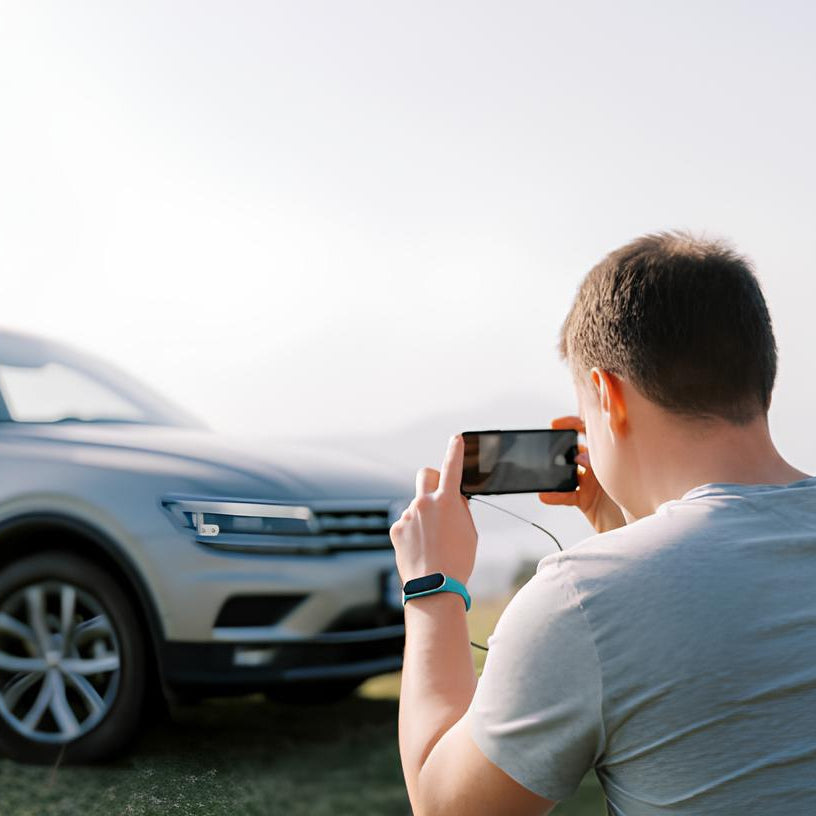
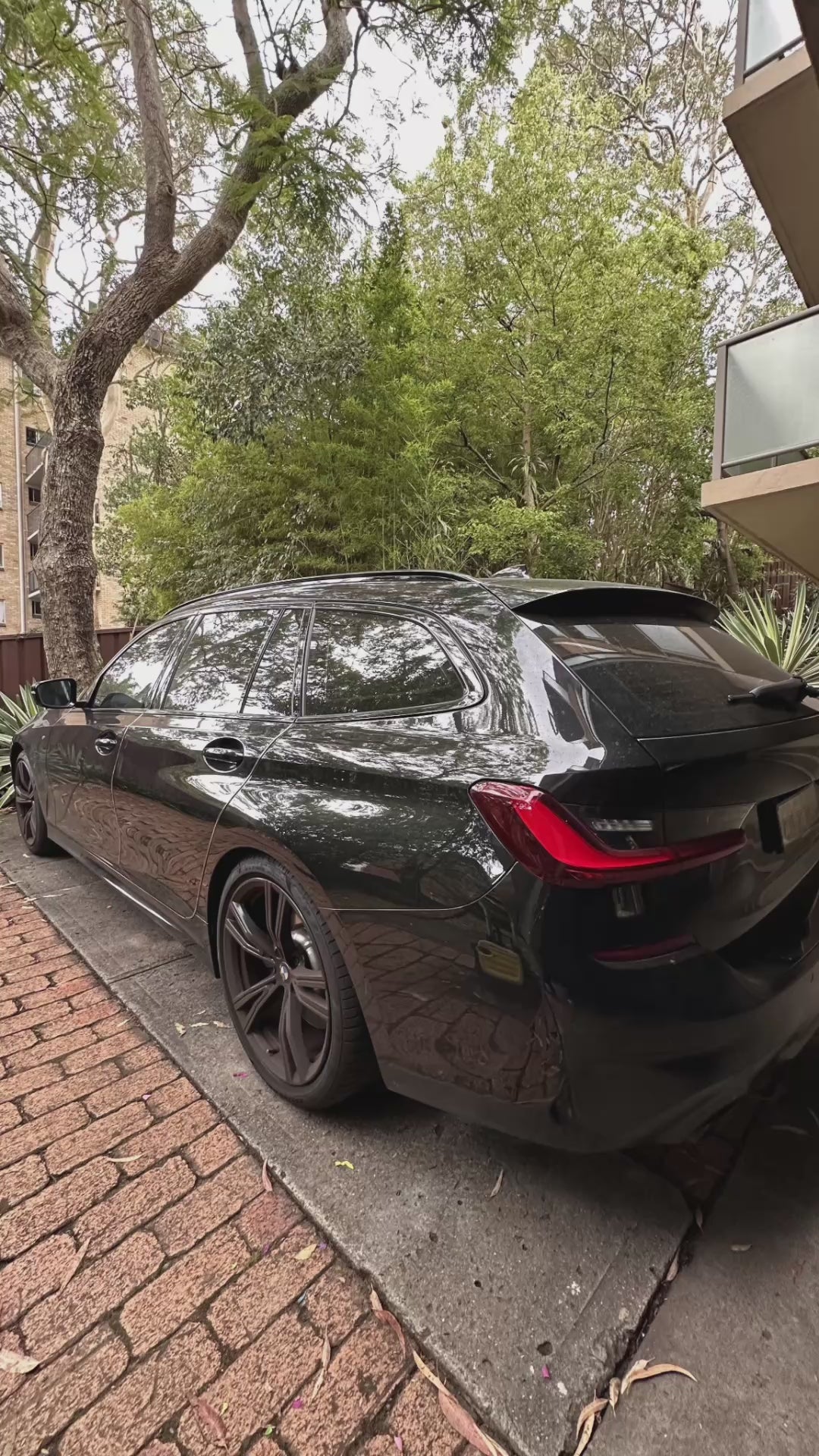
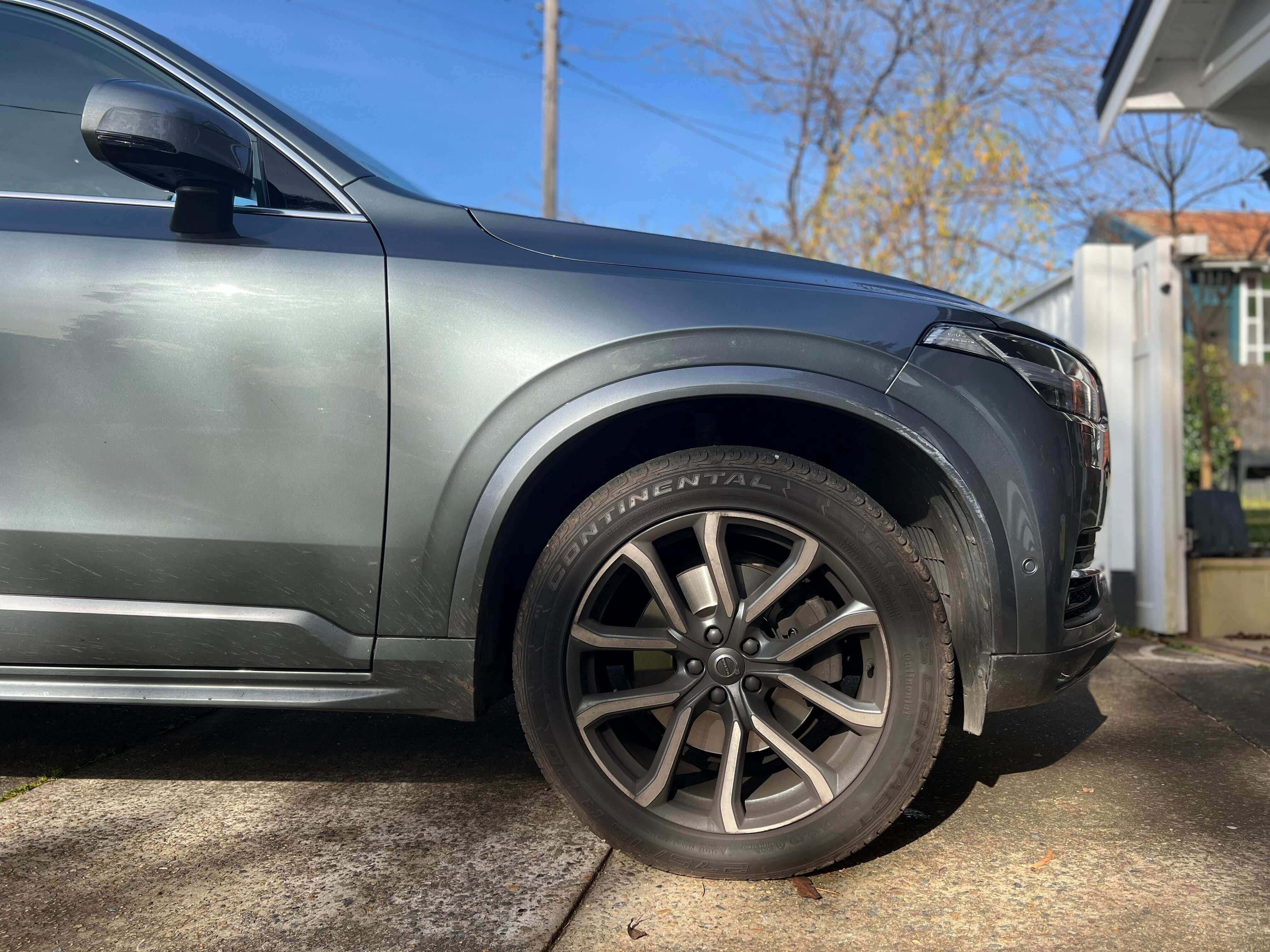

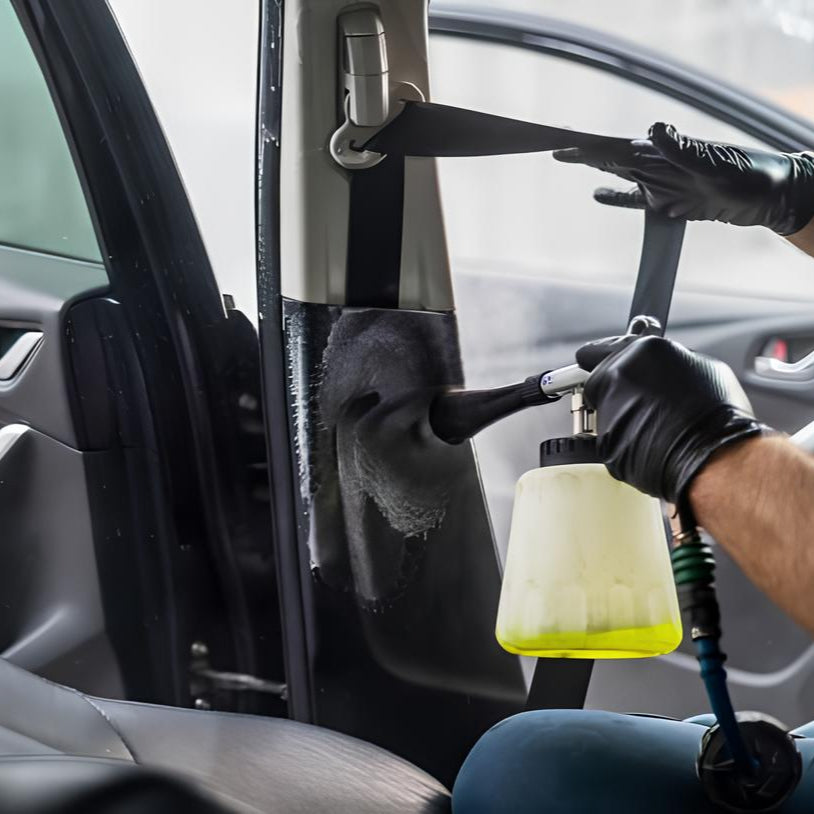
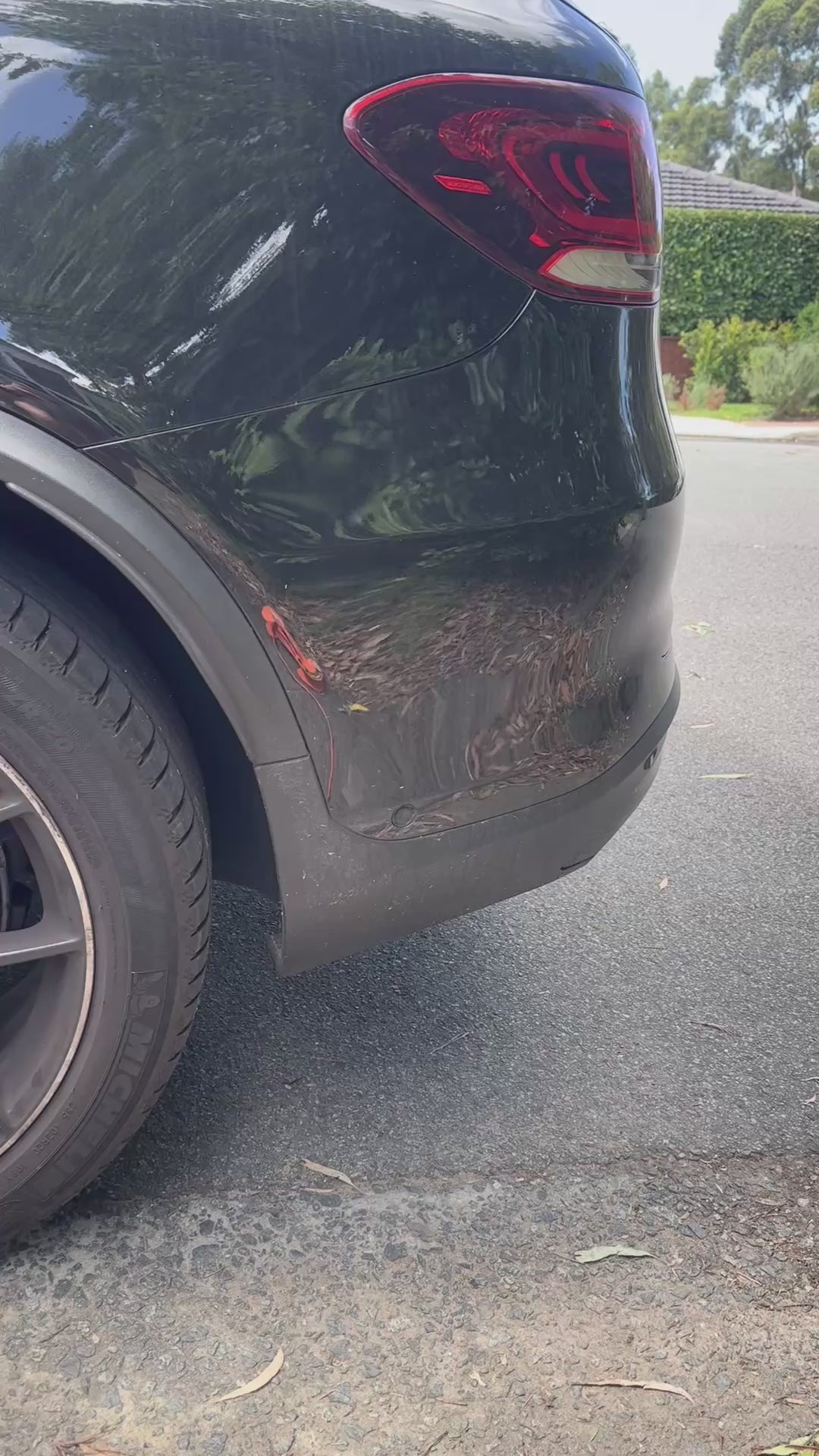
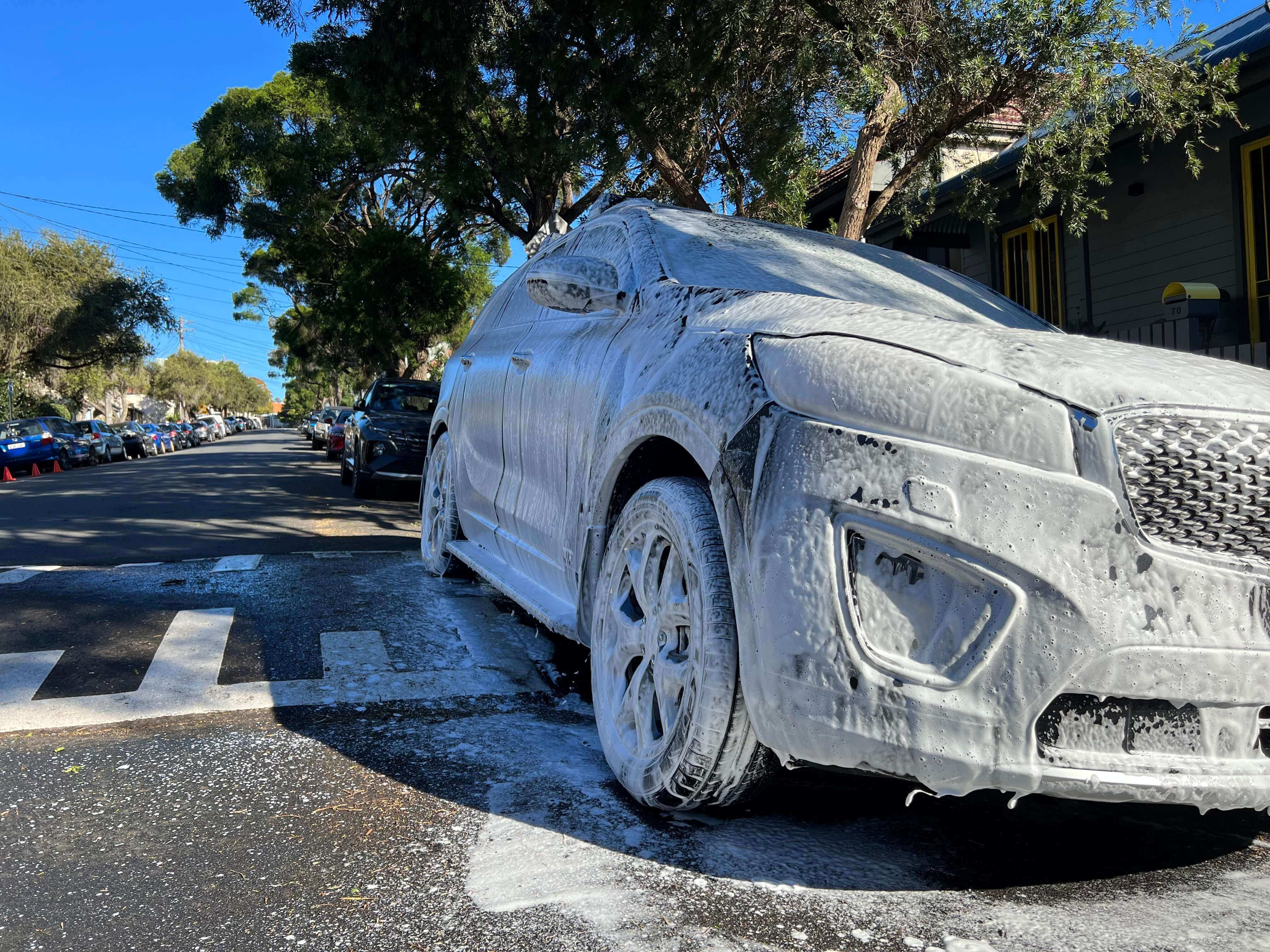
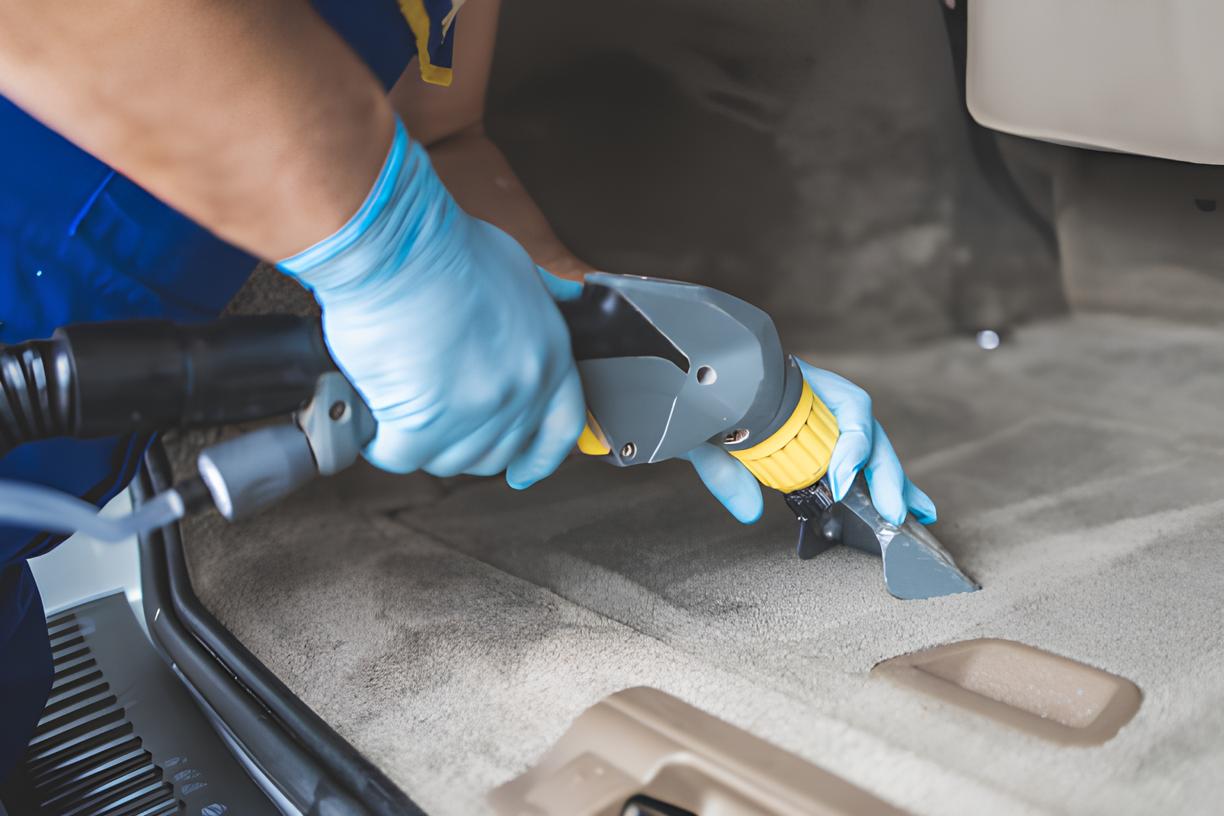
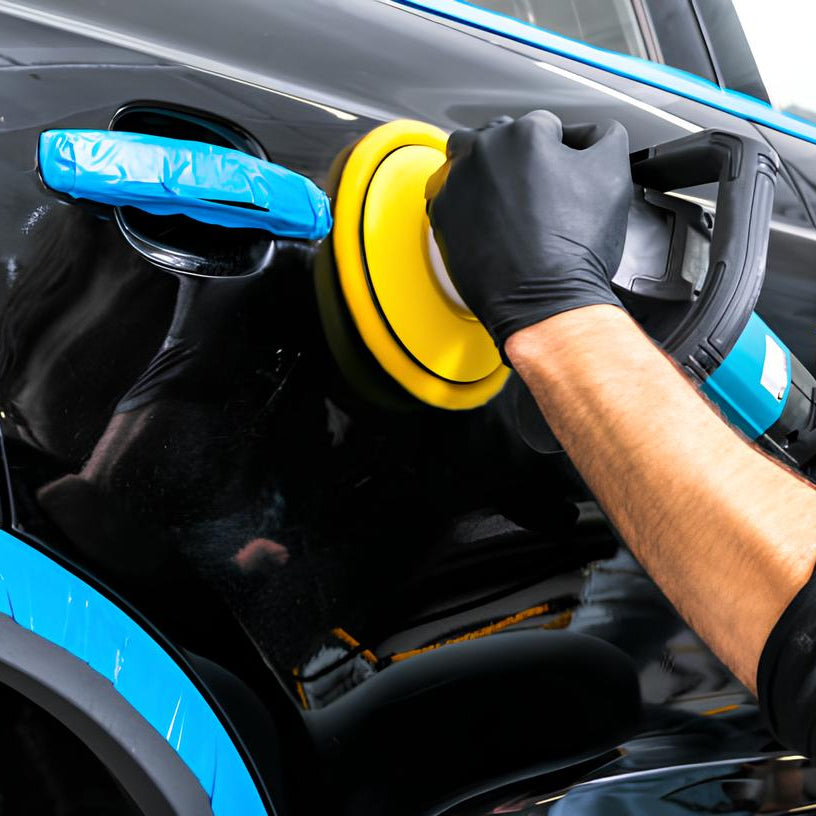
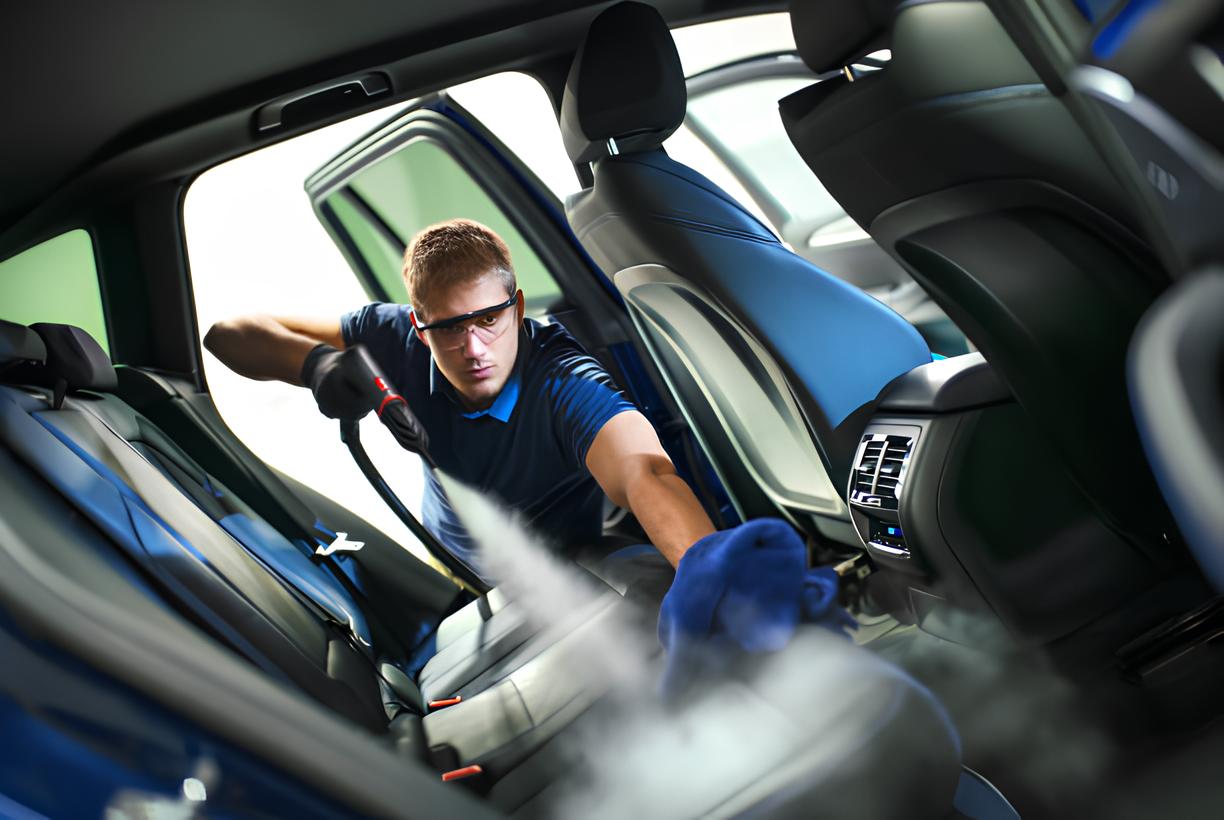
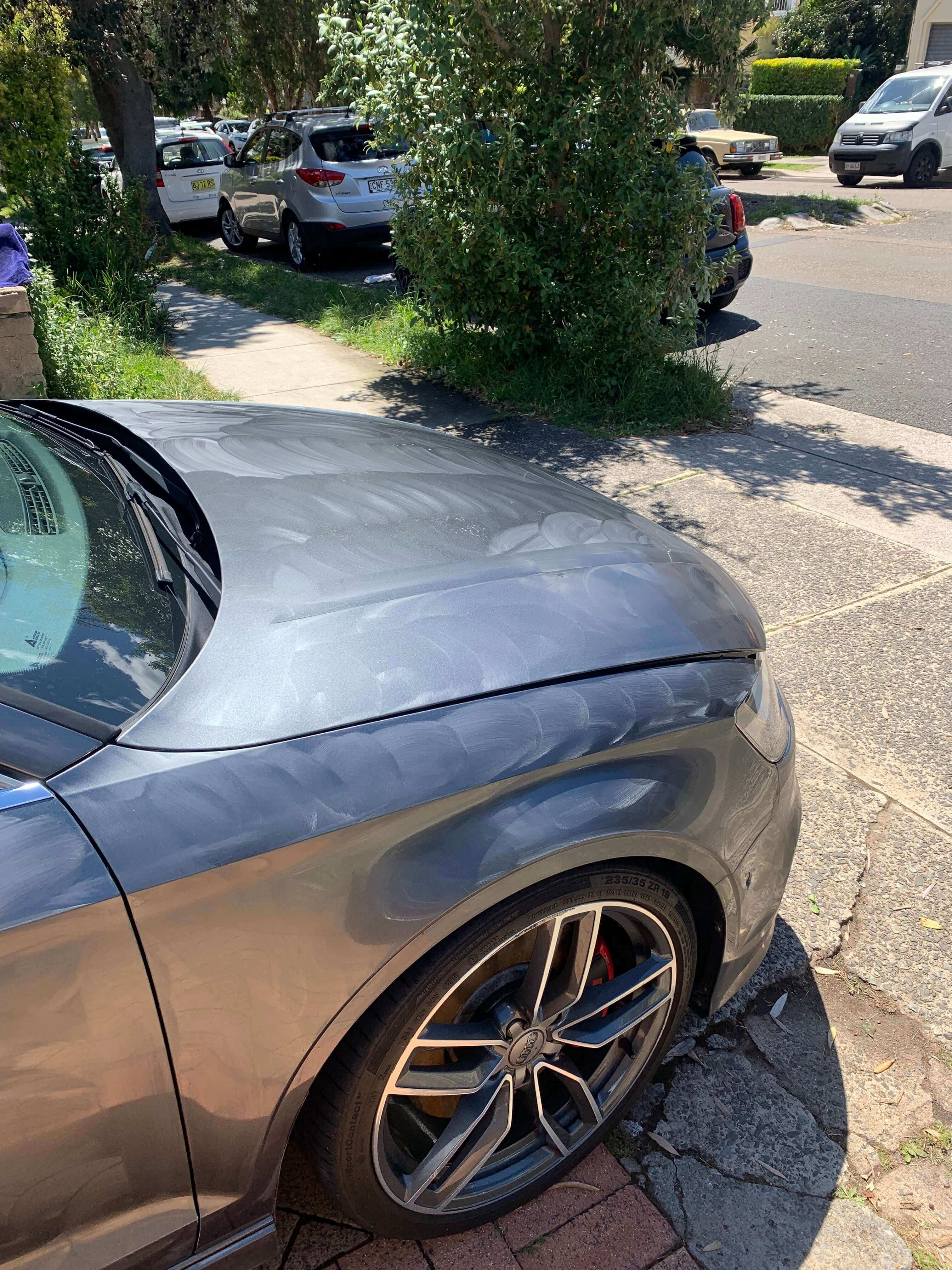
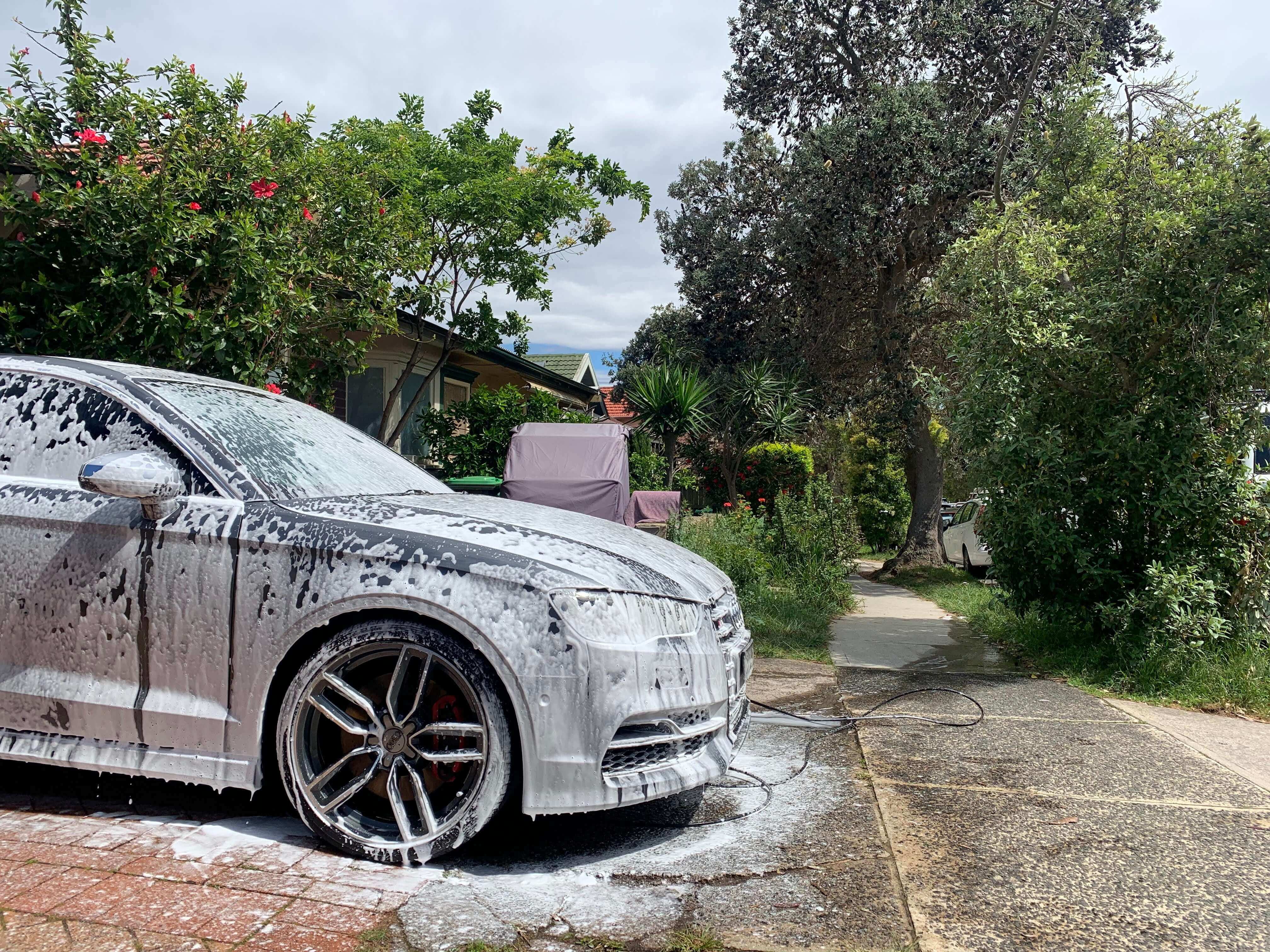
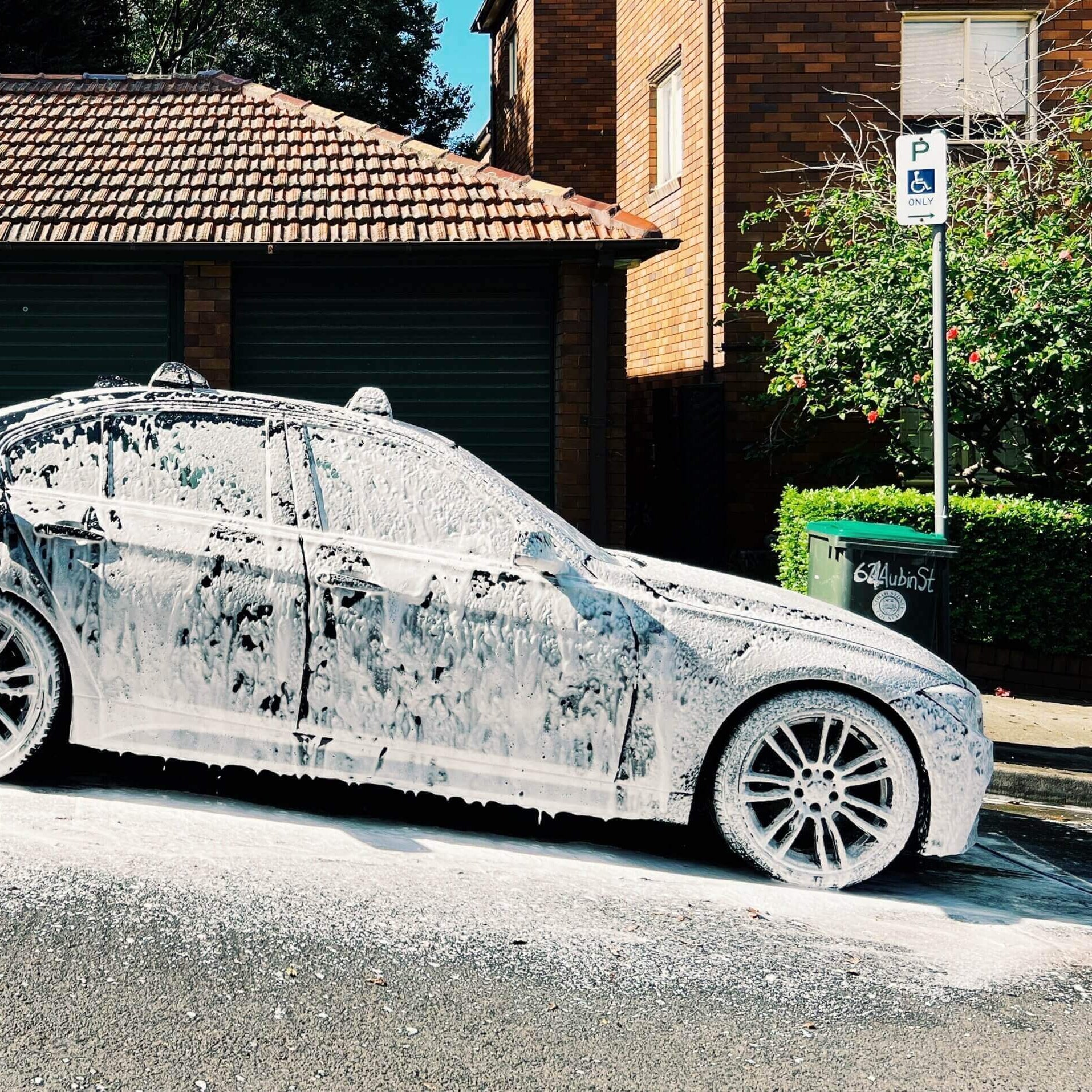

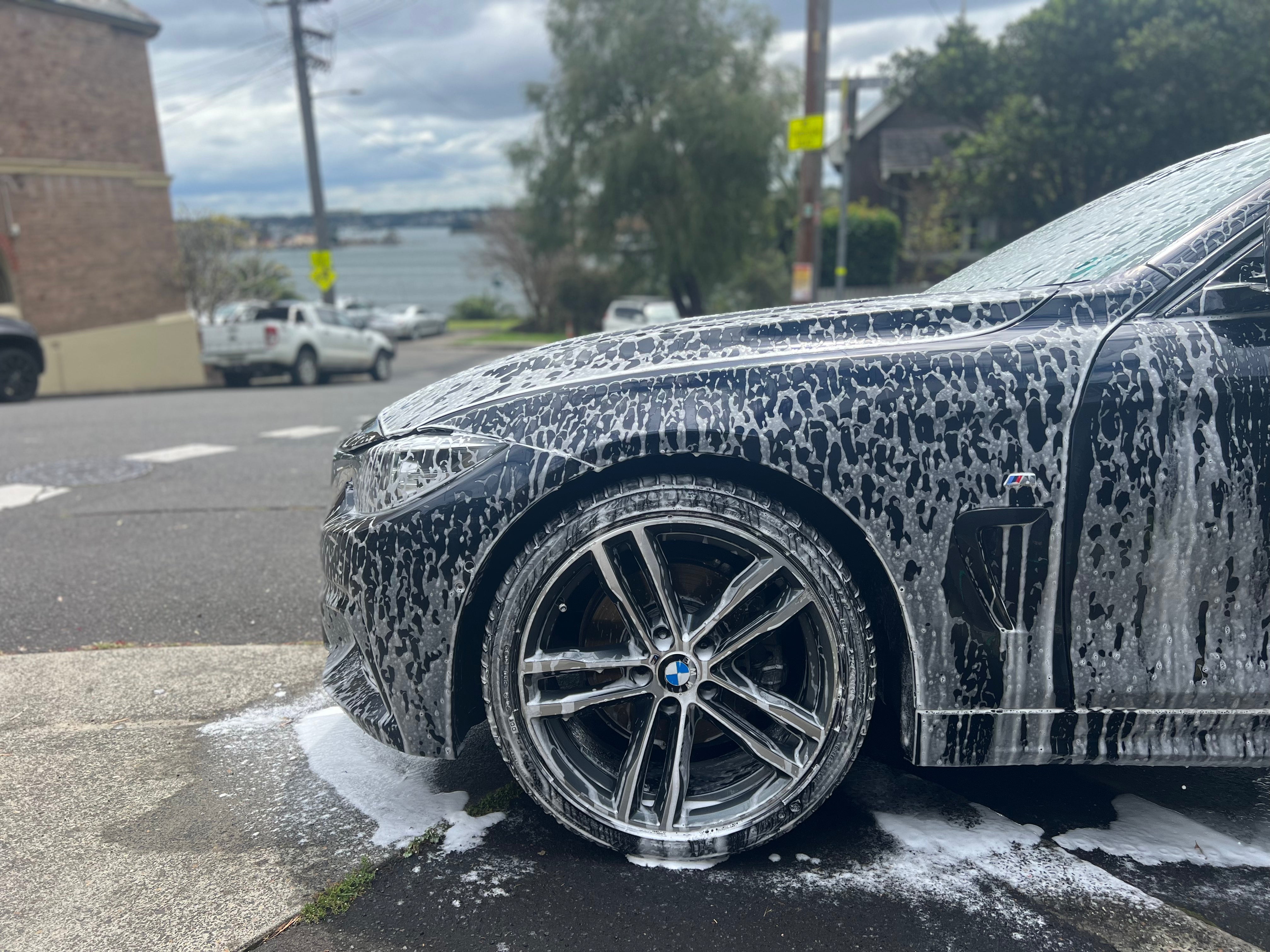


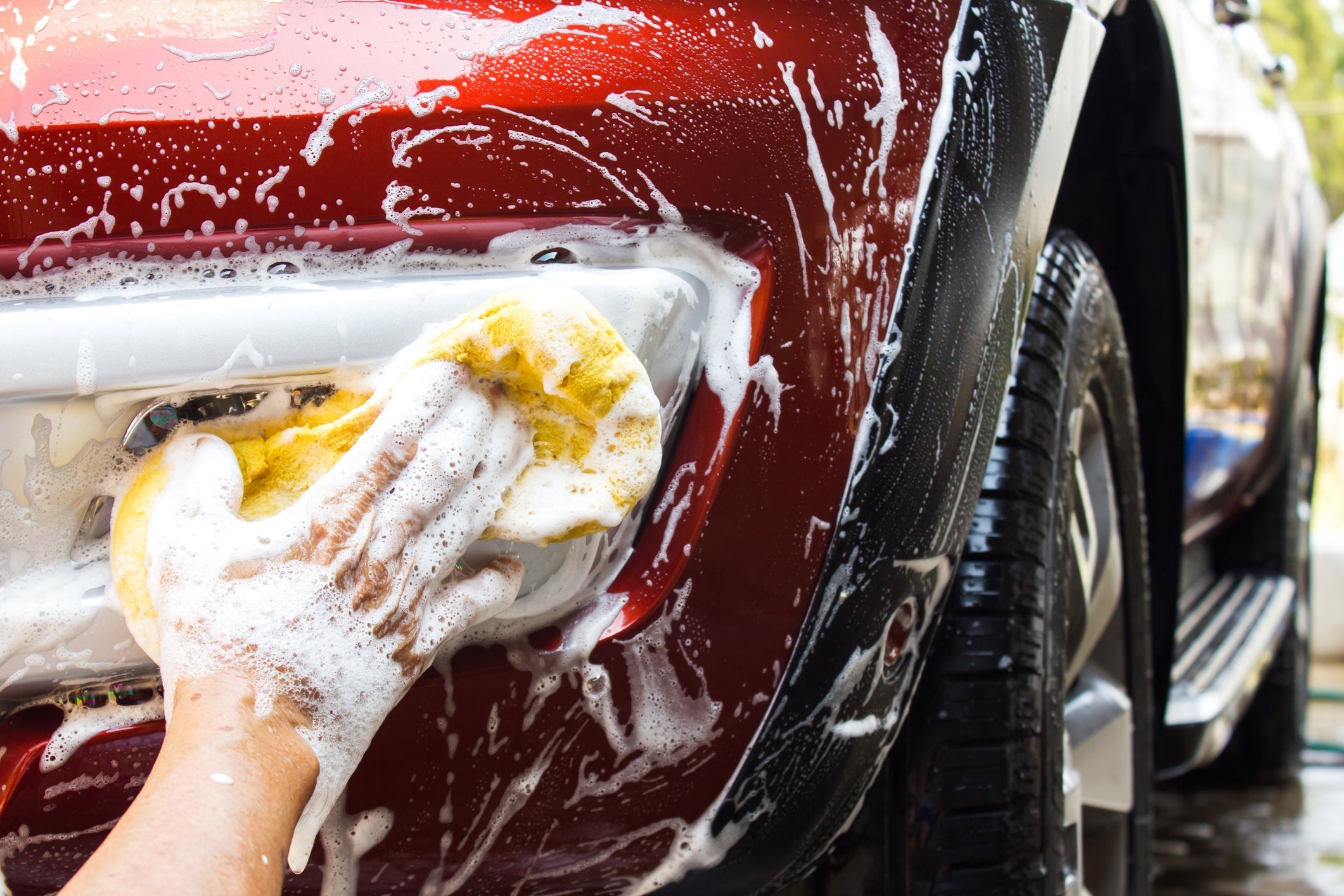
Share: